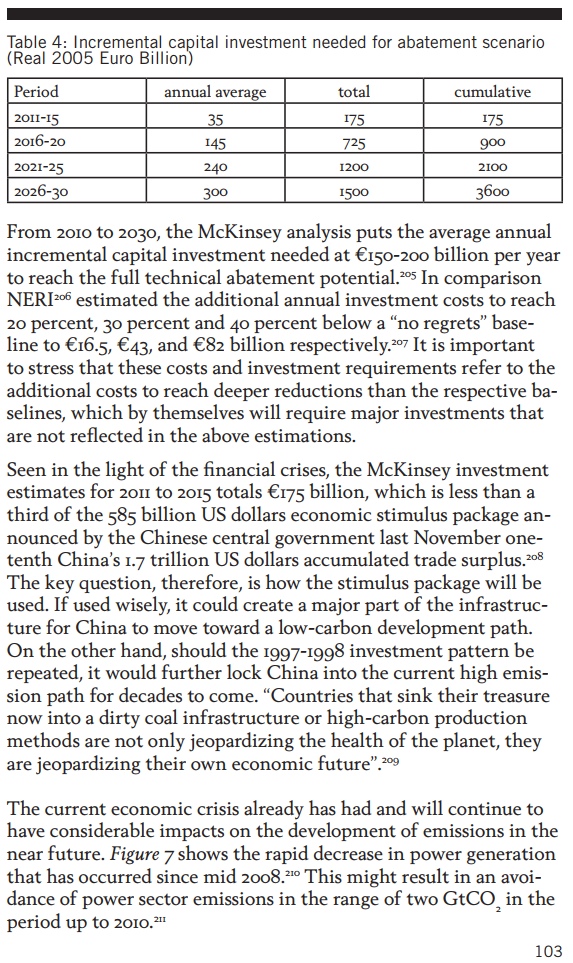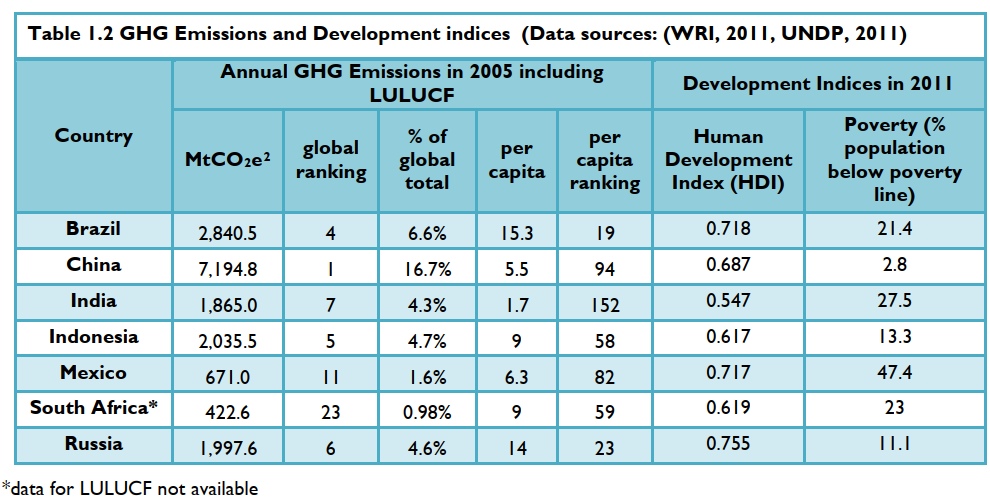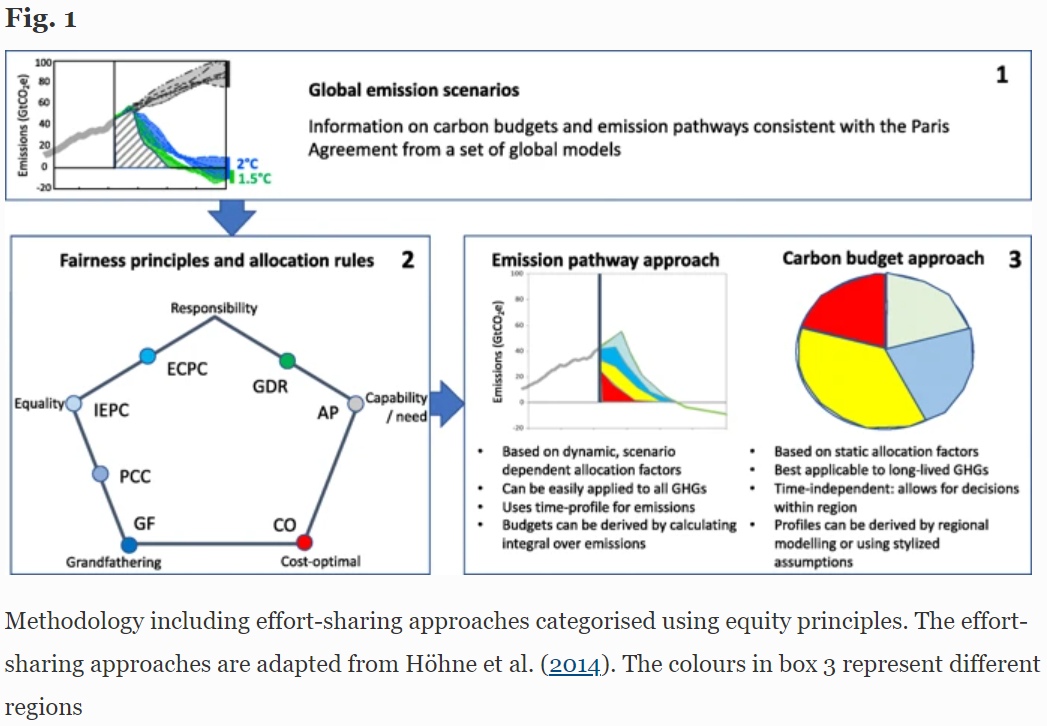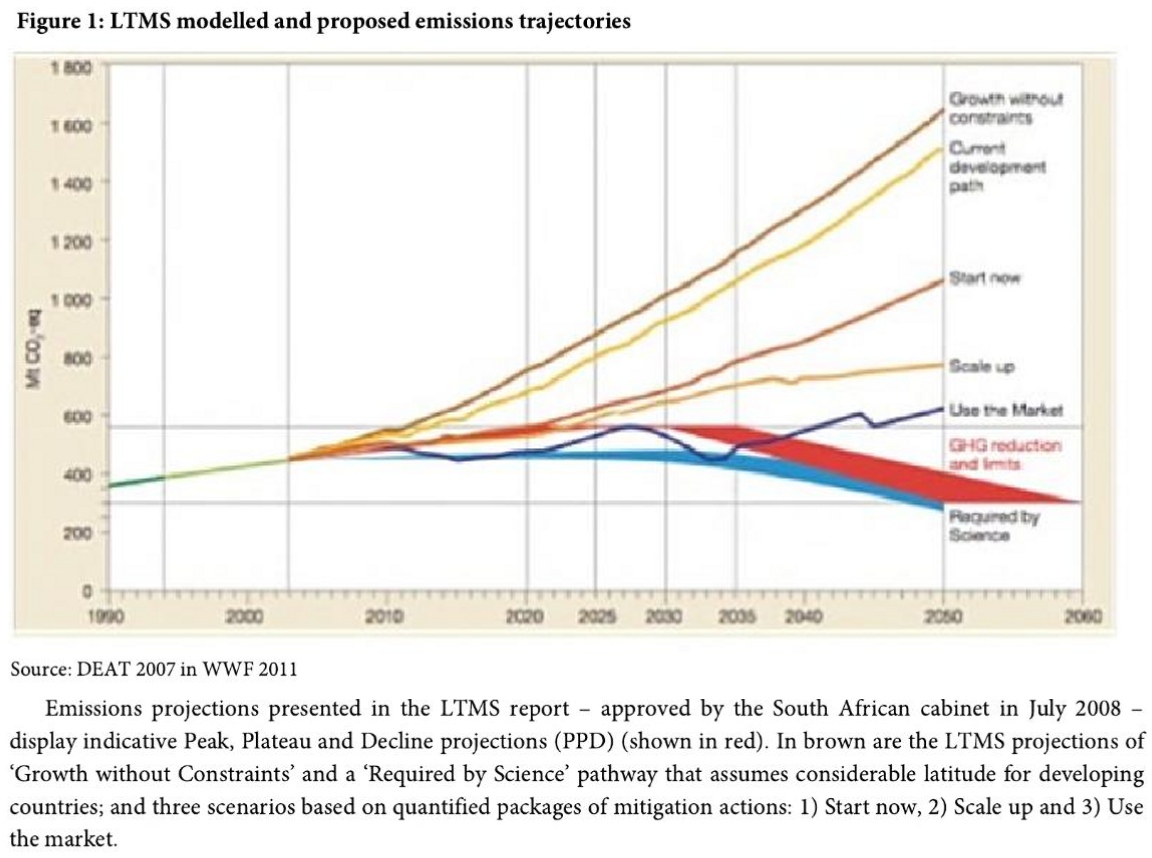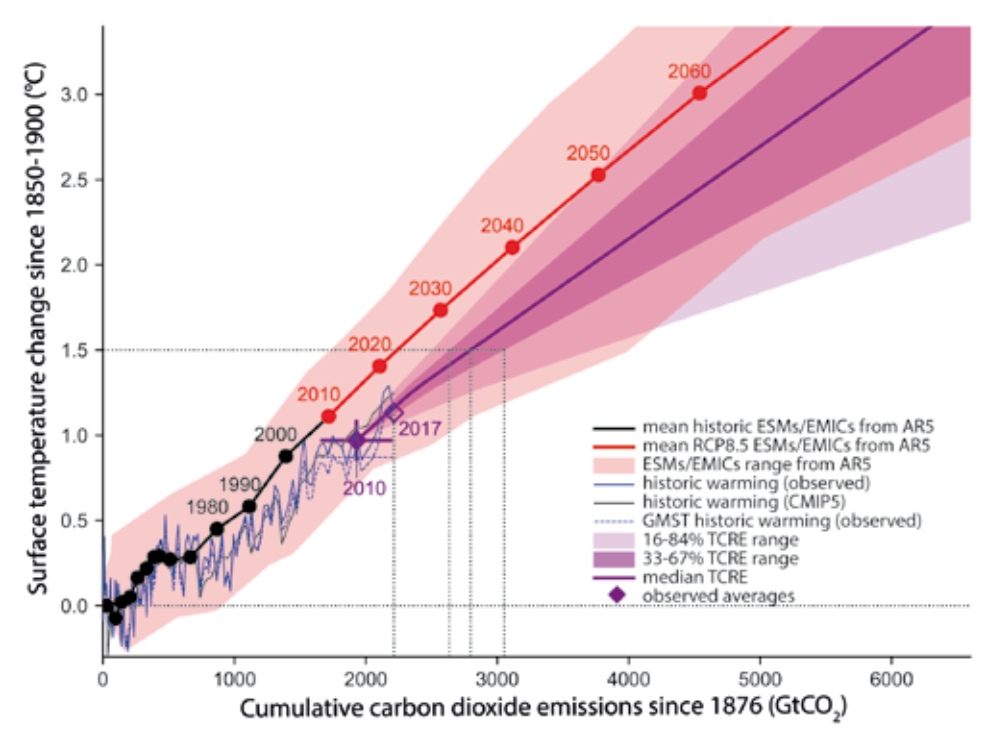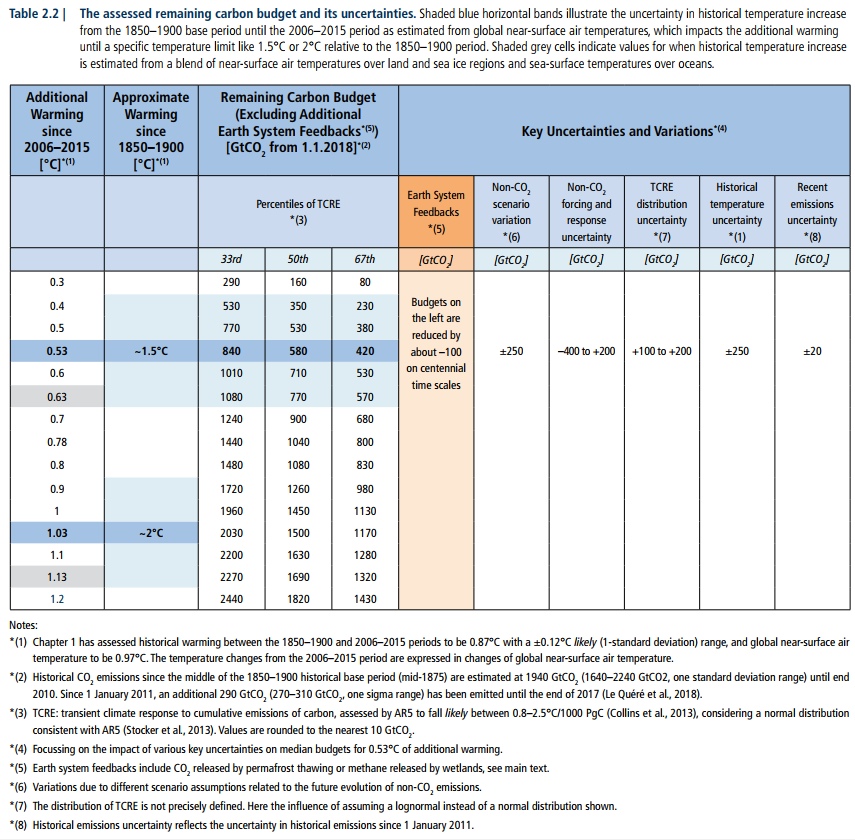Kyotoprotokollet 2005
Rättsligt bindande begränsningsåtaganden för utsläpp av växthusgaser (tidsbegränsade)
1:a perioden 2008-2012
2:a perioden 2013-2020 = Dohaändringen
-Har inte trätt i kraft (?)
Parisavtalet 2015 (COP 21)
-Globalt, inte tidsbegränsat
-Länder åtar sig att bidra efter förmåga, med ökande ambition
Tre mål (artikel 2)
- 2°, ansträngning för 1,5° C
- Hantera skadliga effekter av klimatförändring
- Påverka finansiella flöden för väg mot låga utsläpp av växthusgaser
Arikel 4.1
- Parterna strävar efter att nå kulmen för de globala utsäppen så snart som möjligt
- Därefter göra snabba minskningar i enlighet med den bästa tillgängliga vetenskapen
- Uppnå en balans mellan utsläpp och upptag av växthusgaser under andra hälften av detta sekel
- På grundval av principen om rättvisa (=stöd till utv-länder)
- Inom ramen för hållbar utvecklin
- Ansträngningar för att utrota fattigdom
Arikel 4.9
- Varje part ska vart femte år meddela ett nationellt fastställt bidrag (NDC) man avser att uppnå
- Global översyn vart 5:e år
- Sverige har inget eget NDC utan ingår i EU:s NDC
